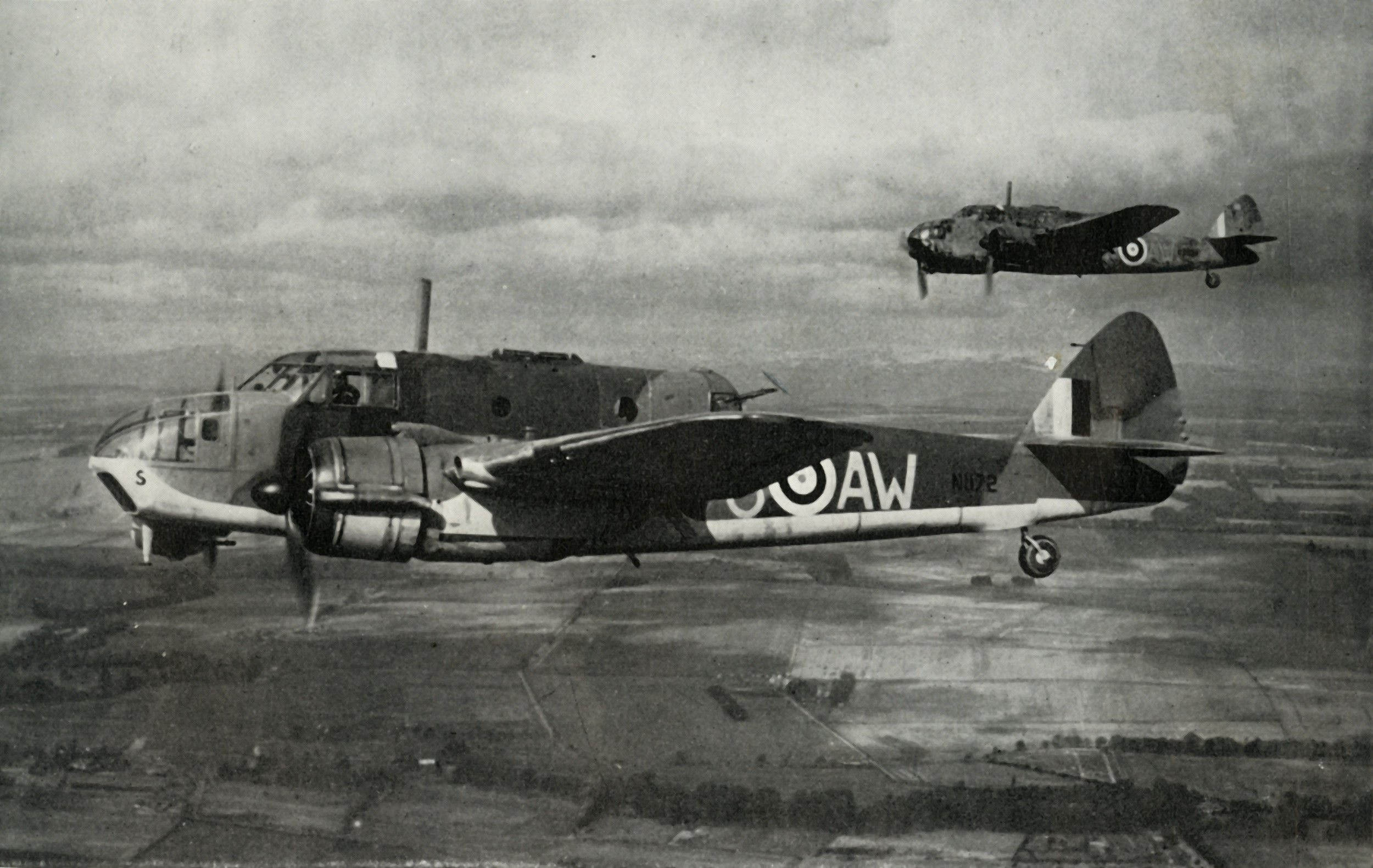A missing World War II bomber plane has been found 80 years after being lost over the Pacific Ocean. This remarkable discovery was made late last year, revealing a significant piece of history buried beneath the waves. The aircraft, identified as the RAAF No. 100 Squadron Beaufort Bomber A9-374, was located off the coast of Gasmata in New Britain, an island in Papua New Guinea. On Friday, Australia's Department of Defence confirmed this identification, shedding light on a tragic event that occurred during the war.
The Beaufort Bomber was lost with four crew members aboard, all of whom were tragically killed in action. Their mission in 1943 ended in disappearance, leaving their families in a state of uncertainty for decades. With the recent identification of the wreckage, a long-awaited resolution has finally come to the families of these brave aviators.

The aircraft was designed by the Bristol Aeroplane Company and was a twin-engine bomber that saw significant action in various theaters of the war, including the Mediterranean and Southwest Pacific. Over 1,100 units of this aircraft were manufactured, with many built in Australia, contributing to the RAAF's efforts during the conflict.
The remains of the missing plane, A9-374, are now scattered over a considerable area, lying more than 50 feet below the ocean's surface. Identifying the aircraft after the initial discovery proved challenging and time-consuming, according to RAAF Chief of Air Force Air Marshal Stephen Chappell. This identification came after an extensive diving expedition to the wreckage site earlier this year.
Significance of the Discovery
This discovery holds immense significance not only for historians but also for the families of the lost crew members. The mission involved expert divers and maritime archaeologists working together to unravel the mystery of the aircraft's fate. These professionals faced the challenge of navigating a complex site filled with heavily damaged wreckage, which was covered in layers of sediment and marine growth. According to Chappell, the efforts were crucial in bringing closure to the families.
Chappell expressed his heartfelt gratitude to everyone involved in this mission, emphasizing the emotional relief this news brings to the families of the four aviators. Knowing what happened to their loved ones and learning their final resting place is a significant comfort.
The Expedition and Future Plans
The aircraft was initially discovered during an expedition led by Australian billionaire Andrew Forrest and Ocean Ecology. Forrest has been on a personal quest to find the remains of his uncle, Flying Officer David Forrest, who was also shot down while piloting a similar RAAF Beaufort bomber near Gasmata in 1943. This personal connection adds a poignant layer to the discovery, intertwining history with personal family narratives.
A memorial service is scheduled to be held in October at RAAF Base Point Cook in Victoria, Australia, honoring the four airmen who lost their lives when A9-374 went missing. As for the wreckage, no further recovery efforts are planned at this challenging crash site. However, the RAAF remains committed to accounting for all missing service personnel as part of its dedication to honoring their service and sacrifice for the nation.
Do you have a tip on a science story that Newsweek should be covering? Do you have a question about history? Let us know via science@newsweek.com.
Mesha Mainor Calls For Justice In Fulton County Amid High-Profile RICO Cases
Meet Ruger: The 160-Pound German Rottweiler Taking TikTok By Storm
Haunting Photos Of Hiroshima: A Glimpse Into The Aftermath Of The Atomic Bomb


